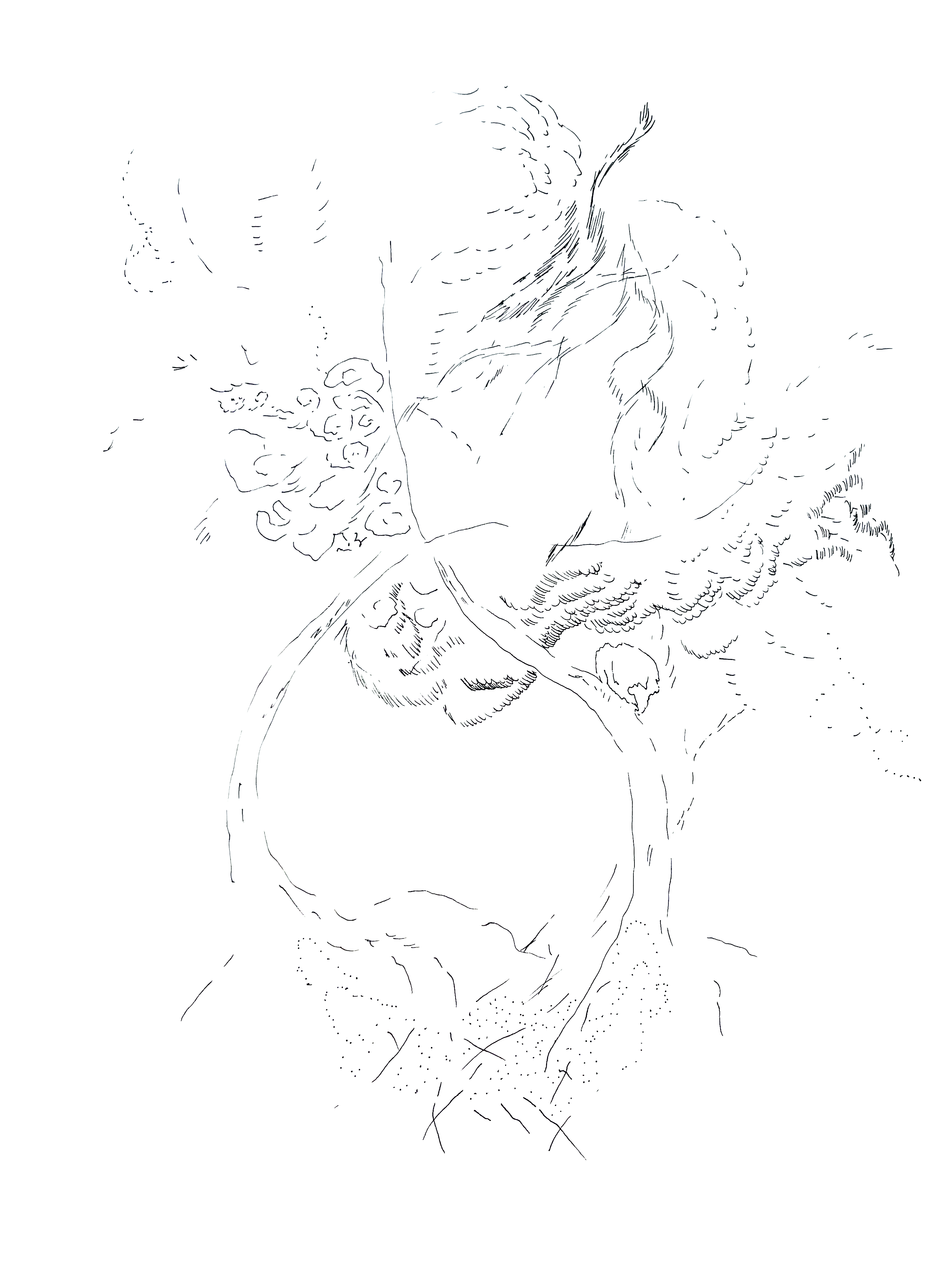

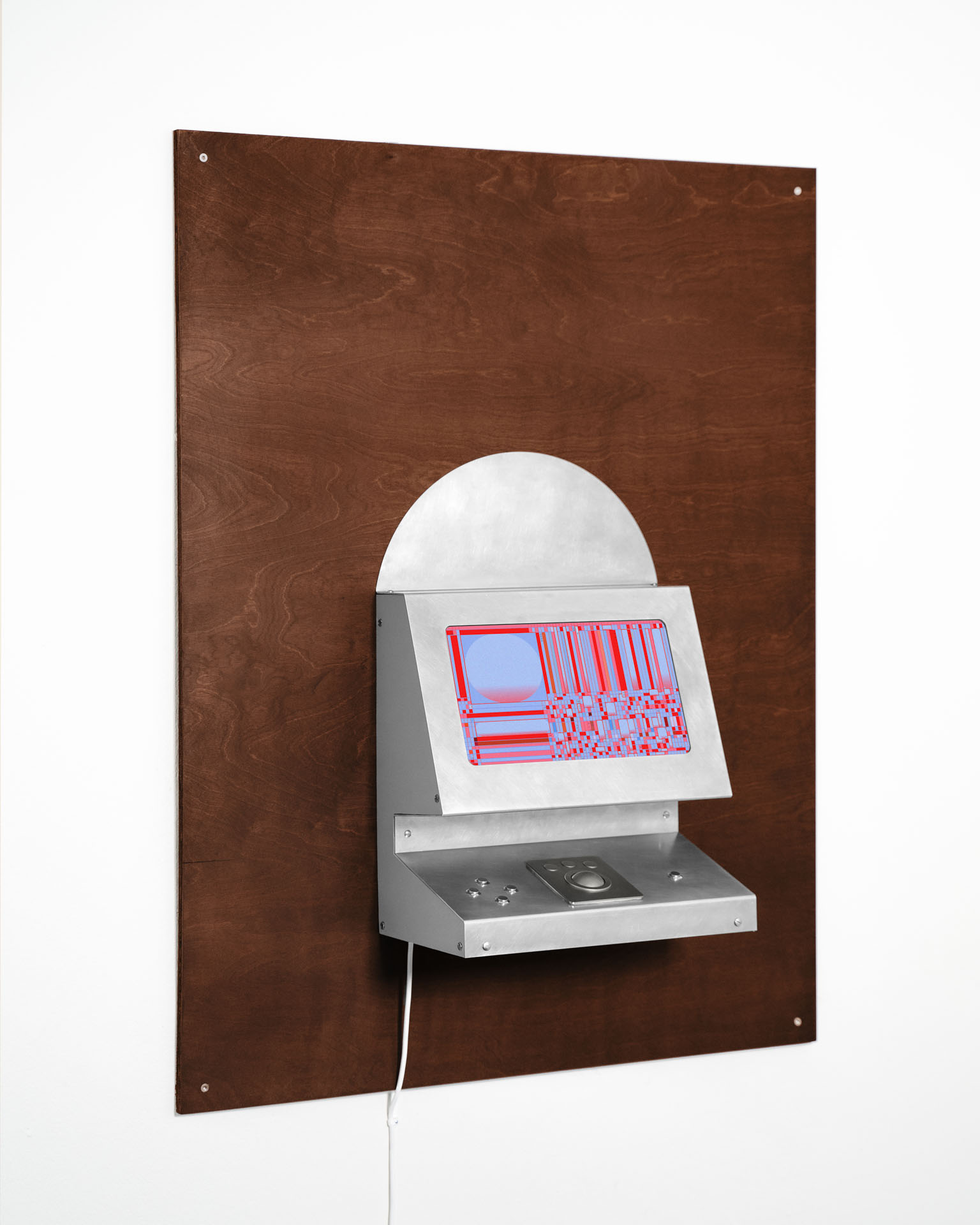
computer is a feeling is a journey into the intimate experiences we have with our devices. In this project, I explore what ᶜᵒᵐᵖᵘᵗᵉʳ⁻ᶠᵉᵉˡⁱⁿᵍ is and what it could possibly become. In building my own computer and interface, I ask myself: What if technology were created by those who love us? And if we built it ourselves, how would it feel? As part of this exploration, I’ve created (non-)user events, a collaged interface that navigates personal internet experiences by quoting and close-knitting HTML elements from my browsing history. These elements, gathered from sites I visited in June 2024, are entangled in a grid-like structure that invites viewers to explore the friction and excess in our online interactions. To me, these HTML elements are events that unfold over time, weaving the fabric of our daily lives. What world does each element create when we return to it day after day?
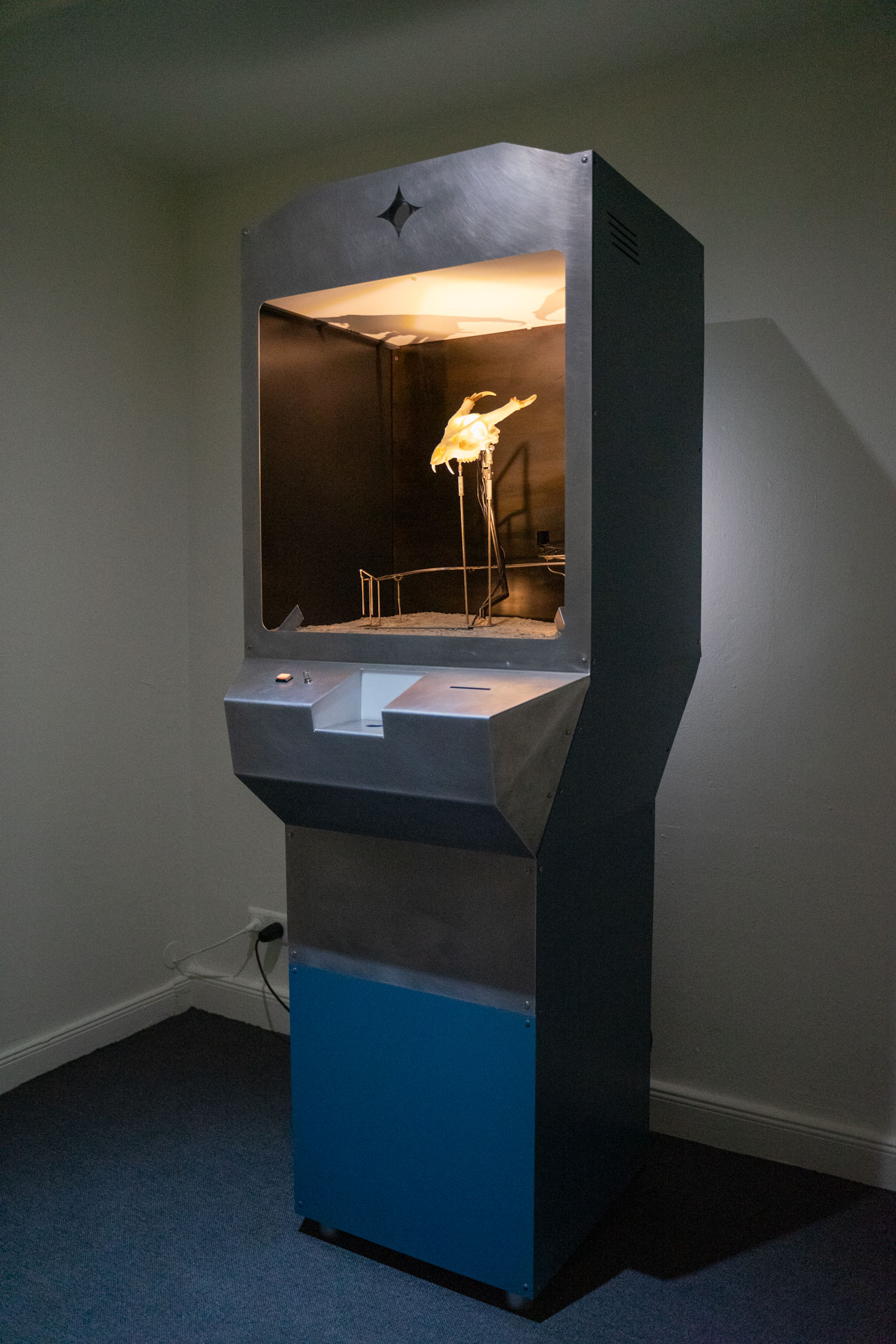
Paktomat may grant any wish you desire, just for a small price. Your soul. However its flexible return policy ensures any exchange is reversible. Don't fear Paktomat; its intentions are good and will benefit all participants. This electromechanical automaton questions faith and belief in a modern world where magical thinking is both lost and revived through commercial means. It asks us to reflect on our relationship with machines and technology, combining technological innovation with satanic myths and symbolism.
Paktomat was built over several months in a small shed with basic tools. It features handmade mechanical parts and becomes interactive through custom-built electronic systems, evoking the childlike wonder of engaging with seemingly magical automatons.
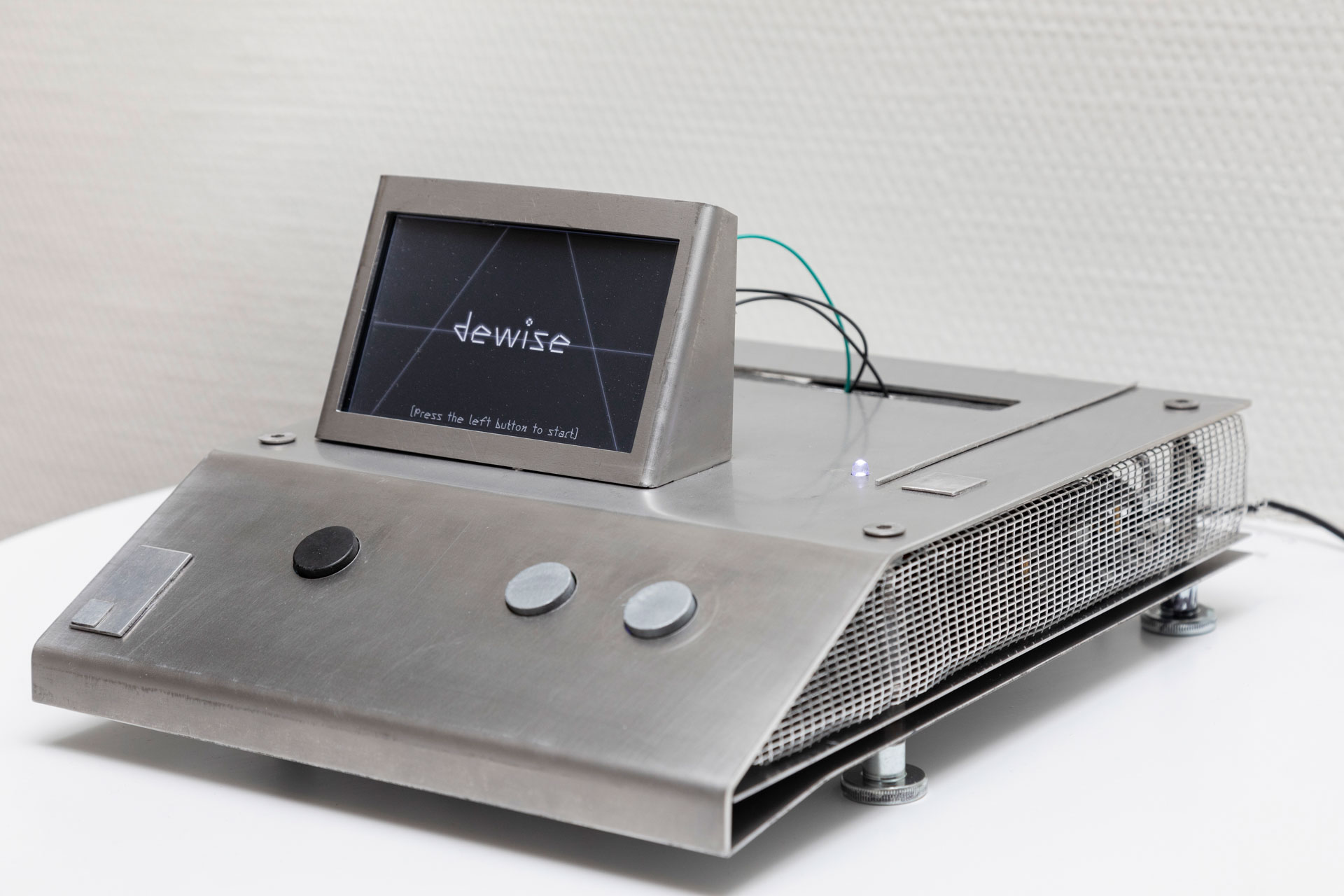
Dewise fr-nd features a self-built computer and an interactive multiple-choice game, designed to simulate an interaction with a personal assistant. This project critically examines our use of technology and its impact on our lives. At the beginning of the game, users are promised that the assistant is a close friend, ready to help them with all their problems. However, as the game progresses, it becomes clear that this promise is misleading. The assistant, rather than providing genuine assistance, primarily collects data from the user. Eventually, users are left to confront their own problems alone, exposing the limitations and self-serving nature of these technologies. This artwork encourages a deeper reflection on the nature of our interactions with digital assistants and underscores the importance of understanding the hidden dynamics of the human-technology relationship.

Pocket Stones is an interactive installation that randomly dispenses one of 196 stones from a vending machine, inviting reflections on fate, chance, and the unseen forces that shape our understanding of symbolic meanings. This installation prompts viewers to reconsider the role of the enigmatic and symbolic in an age dominated by data and detachment, while each stone serves as a mirror reflecting the individual’s relationship with the wider web of cultural symbols.
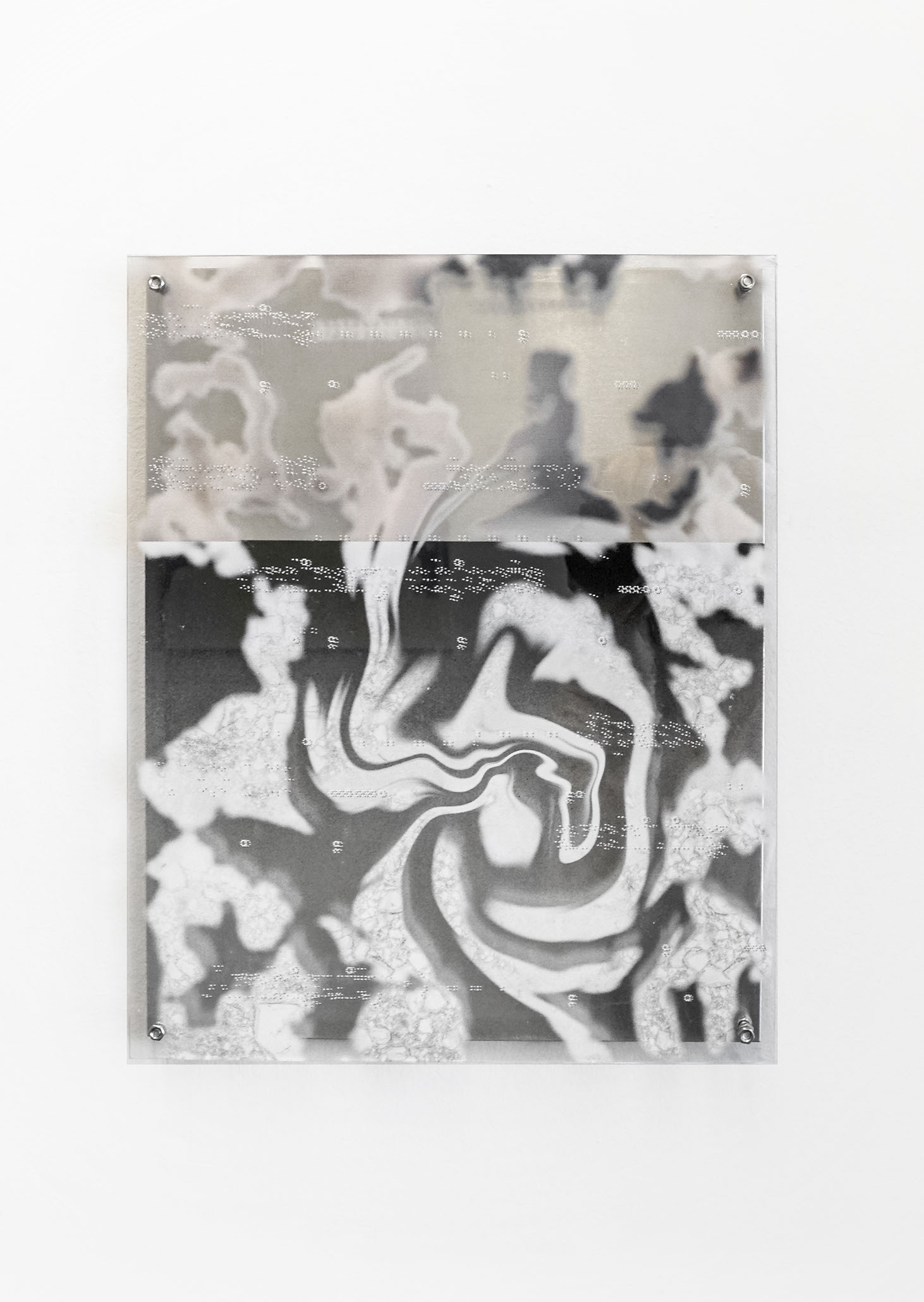
"Ordinary Object" is a series of five wall art pieces that explore the interplay between an object and its representation, reminiscent of conceptual art that juxtaposes tangible objects with their descriptive counterparts. In this series, 3D scans of stones are used to create images, with the actual stone placed centrally in composition. This arrangement fosters a striking tension between the physical stone and the data collected from it, challenging viewers to contemplate: In an era where everything is measured, categorized, standardized, and converted into datasets, which holds more reality—the stone itself or its digital representation?